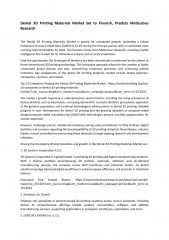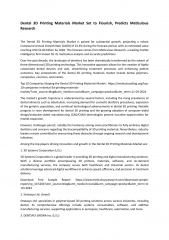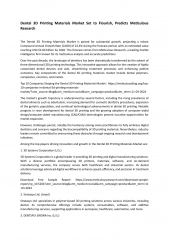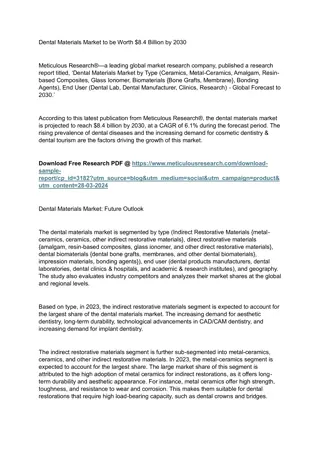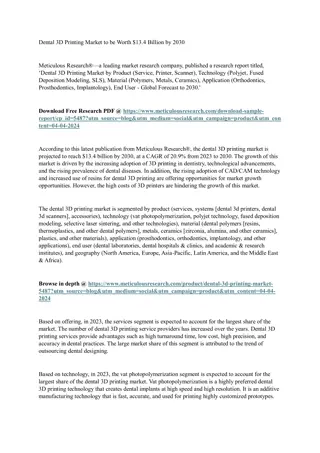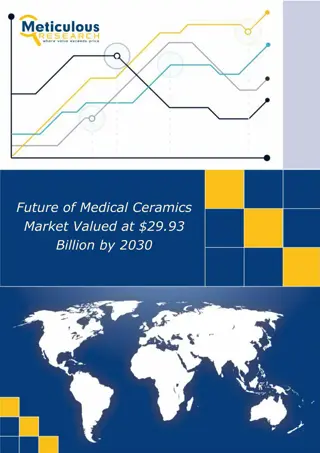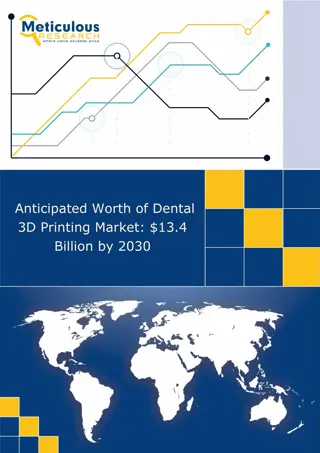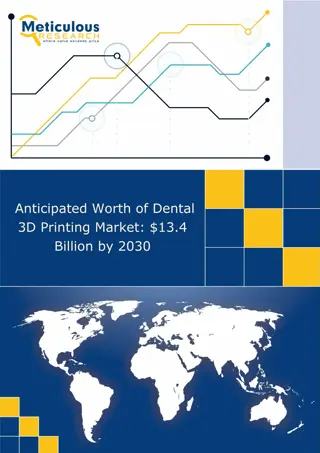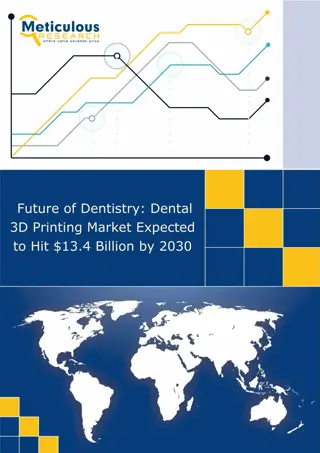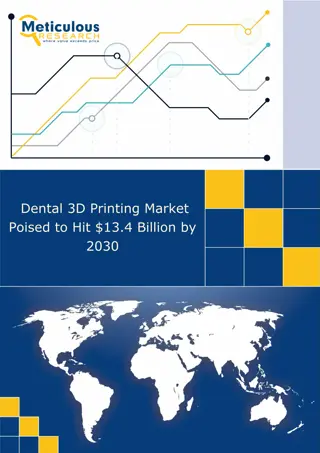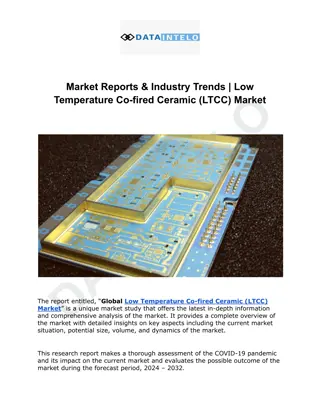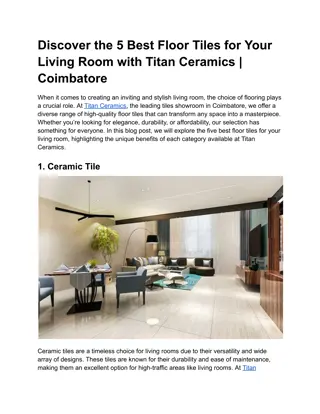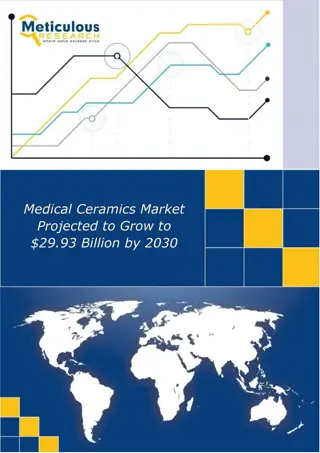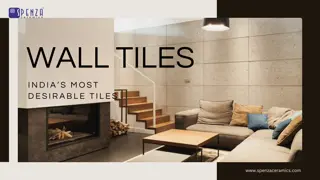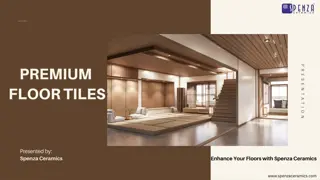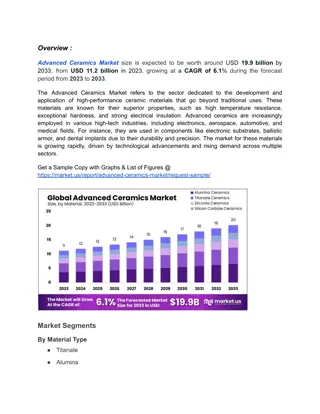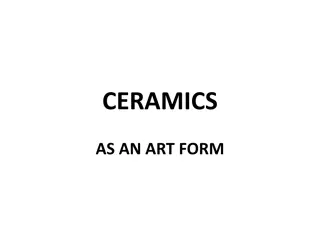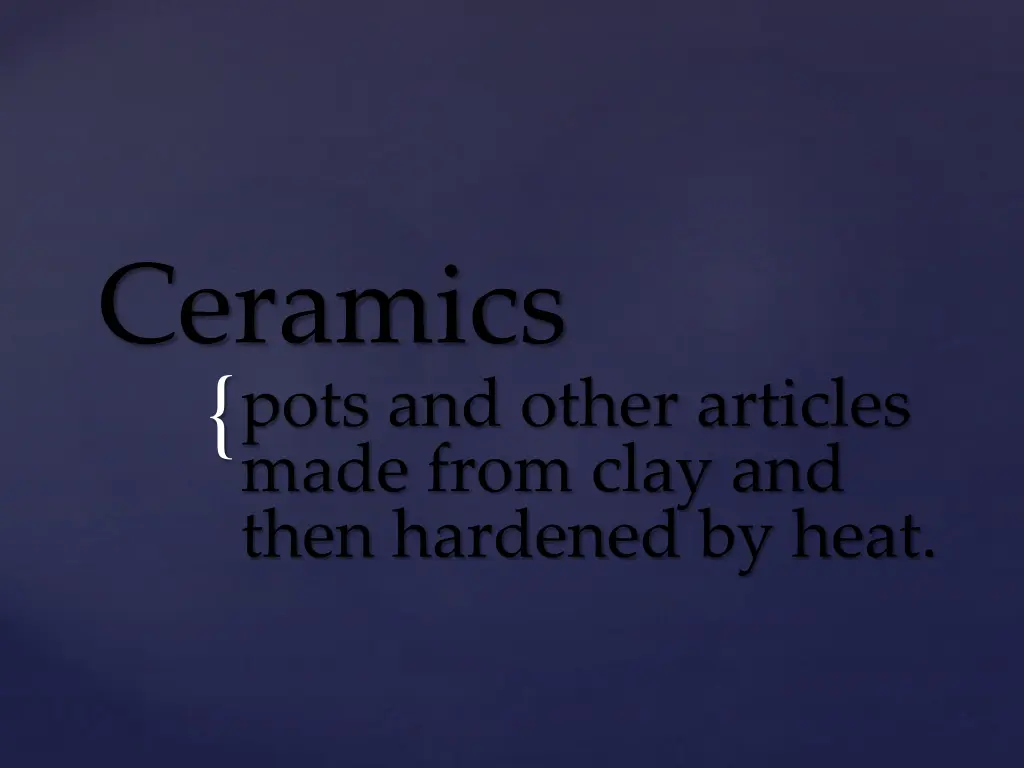
Discovering the Fascinating World of Clay
Unveil the wonders of clay - a natural resource that has been used by humans for millennia. Learn about its origins, types, uses, and the intriguing process of how it's made. Explore the art of ceramics, pottery, and more through insightful details and captivating images.
Download Presentation

Please find below an Image/Link to download the presentation.
The content on the website is provided AS IS for your information and personal use only. It may not be sold, licensed, or shared on other websites without obtaining consent from the author. If you encounter any issues during the download, it is possible that the publisher has removed the file from their server.
You are allowed to download the files provided on this website for personal or commercial use, subject to the condition that they are used lawfully. All files are the property of their respective owners.
The content on the website is provided AS IS for your information and personal use only. It may not be sold, licensed, or shared on other websites without obtaining consent from the author.
E N D
Presentation Transcript
Ceramics pots and other articles made from clay and then hardened by heat. {
Clay Where does it come from? How is it made? How many types are there? What are its uses?
Where does it come from? Clay is a NATURAL RESOURCE, not made by humans, instead comes from the Earth! Clay is in fact all around us, it is part of the earth s crust and the surface on which we tread. Usually found in little pockets that appear a couple of feet below the ground.
How is it made? Clay is formed from GRANITE ROCK broken down into small pieces over time. What causes this? Over millions of years of weathering, (through coming into contact with SUNLIGHT, RAIN and ICE).
How many types of Clay? 2 types of clay! PRIMARY CLAY clay that remained in the same place for millions of years. White in color Not easily molded!
Secondary Clay clay we will be using. 1. Not found in the same place over millions of years. 2. Carried by water picking up minerals changing the colors: Red, yellow, black and GREY!! 3. Easily molded & formed.
What are the uses of Clay? CLAY is a NATURAL RESOURCE. It has been used by humans for longer and for more reasons than any other material. 9,000 years humans used clay to make bricks. ornaments, plates, cups, tea pots, washbasins, insulation for electrical cables and power-lines, and even the tiles on the space shuttle.
Video on how its made!! https://www.youtube.com/watch?feature=playe r_detailpage&v=FXD9zDs9ygU
Score & Slip Score- Making grooves into the clay surface before adding slip . Enables the two pieces to connect better. Slip watered down clay.
Stages of Clay Plastic Stage Stage 1- Plastic - stage of clay that most of the work is done, like throwing it on the wheel. Plastic clay is soft and easily workable.
Leather Hard Clay Stage 2 Leather Hard - stage of clay that a pot is in when it's half-way dry. Can be helpful when constructing slab boxes.
Bone Dry Greenware Bone Dry!!! Not bone dry!! Stage 3 Bone Dry (or Green) - when the pot has been exposed to air and all of the water has evaporated. Very fragile at this point!! This is the stage in which it is put, very carefully, into the bisque kiln.
Bisque Stage 4 Bisque - clay that has been fired in a kiln No additions can be added to the pot, and it is almost complete. Glaze can now be added. Kiln: A special furnace (oven) that reaches extreme temperatures in order to bake the clay. Kilns can be electric(the schools), gas or wood fired.
GlazeWare Stage 5 Glazeware Fired- heated in the kiln After your pottery has been Bisqued, it needs to be fired again. Ceramics are fired 2 times in all. Glazing: A coating of glass which is fussed to the surface of the clay. Is painted on and can look dry and not seem like the correct color, but will change after it is fired in the kiln.
Wedging: process of kneading clay like bread, to remove the unwanted air bubbles. Air bubbles can explode inside the kiln and destroy the ceramic. Working with clay!
Pinch Pot making pottery in which a ball of clay is shaped, then your fingers are used to pinch the ball into a bowl.
Hand built: the process of building clay pieces without using a throwingwheel and only using your hands and tools. Throwing on the Wheel: creating ceramics on a moving circle controlled by a pedal. Cups, bowls, etc. can be made using this method due to the symmetry of them. Hand building or The Wheel?
Slip & Score! Attaching pieces! 1st: Score: Using a fork or a sharp tool scratch the surface of the moist workable clay to make a rough surface. 2nd: Slip: Then place slip onto the rough made surface to act like glue before connecting the new piece of clay.
Modeling tools Different shaped tools to sculpt the clay. : Ribbon tool: a tool that has a metal loop on top to scoop out clay. Clay needle: Pointed sharp tool for craving into clay. Sponges! Wire clay cutters: A wire with two handles to cut through clay easily.

